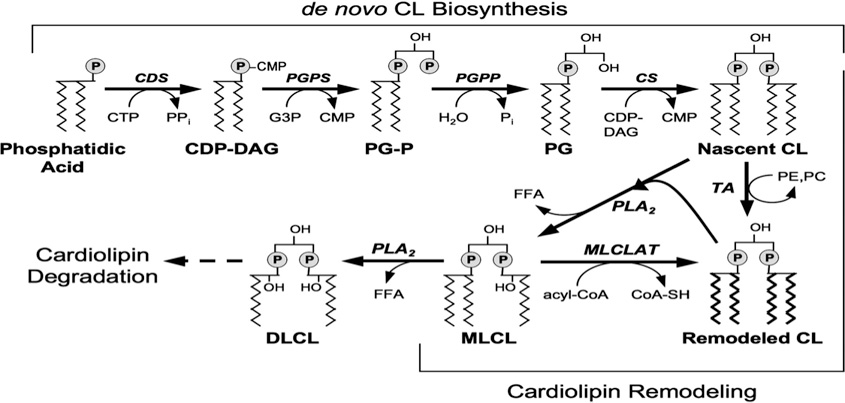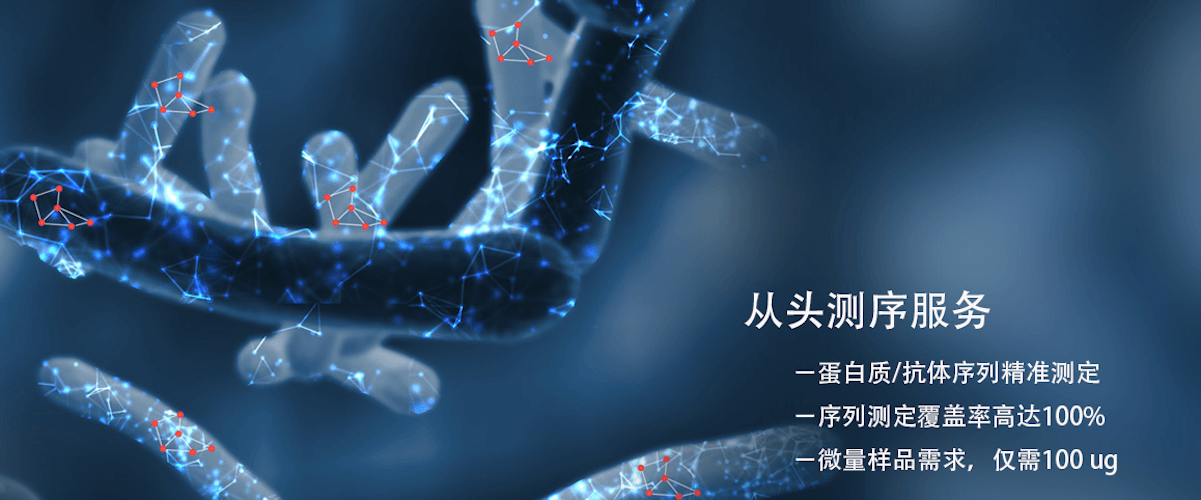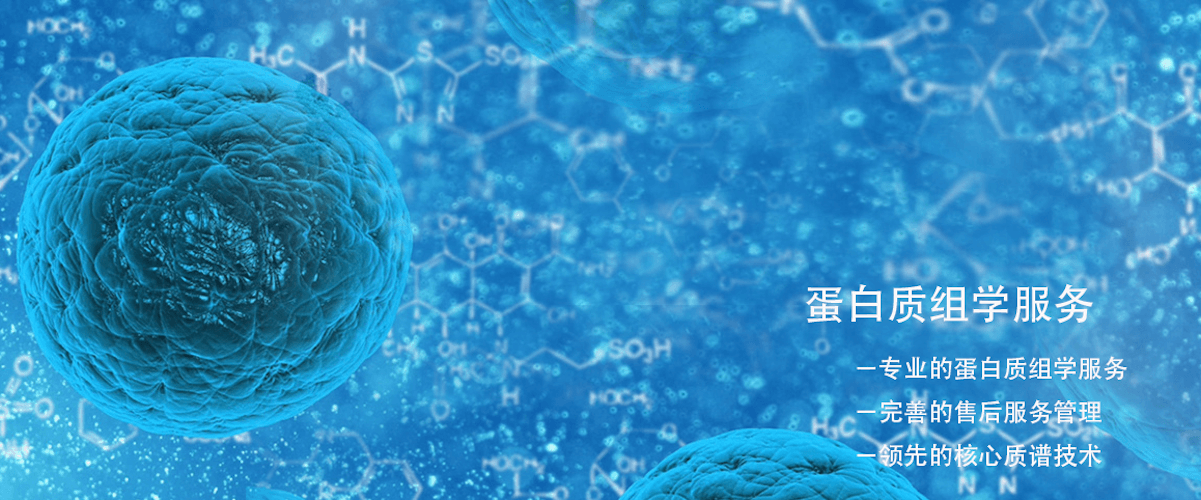Cardiolipin Analysis
Cardiolipins (CL) are composed of two phospholipid moieties. It is a tetra-acylated glycerophospholipid that plays important roles in both prokaryotic and eukaryotic cells. Cardiolipin is located on membranes related to the generation of electrochemical gradients, which aid in the production of ATP and the transport of substrates across the cell membrane. Cardiolipin is abundant in the mitochondria of eukaryotic cells, especially in the inner mitochondrial membrane, where it is closely associated with cytochrome c oxidase, which is essential for the effective transfer of electrons within cytochrome c oxidase. Additionally, cardiolipin is also associated with ATP synthase, cytochrome bc1 complex, and ATP/ADP exchange protein F0F1. By participating in the release of cytochrome c in mitochondria, CL may play an important role in apoptosis.
Cardiolipin is composed of four acyl chains and can be acylated by a large variety of different acyl chains. Due to this structure, the number of cardiolipin molecular species can be very large, with more than ten different types of acyl chains randomly distributed among the four esters, potentially resulting in over 104 different cardiolipin molecular structures. A single type of cell may not include all these possible cardiolipins. The acyl chain composition of cardiolipin may vary across different organisms, organs, and cell types. Any change in the composition or acylation state of cardiolipin will lead to mitochondrial dysfunction. These dysfunctions are involved in a range of diseases, such as aging, ischemia, hypothyroidism, and heart failure.

Cardiolipin analysis
The synthesis pathway of cardiolipin is similar to that of other glycerophospholipids. Glycerol-3-phosphate is acylated to produce phosphatidic acid, which is then activated into CDP-diacylglycerol (CDP-DAG). CDP-DAG reacts with another glycerol-3-phosphate to generate phosphatidylglycerol phosphate. A phosphatase removes the phosphate from the terminal glycerol, producing phosphatidylglycerol. The biosynthetic pathway of cardiolipin in prokaryotic and eukaryotic cells converges at this point. The final step of cardiolipin formation differs between prokaryotes and eukaryotes. In eukaryotes, a second CDP-diacylglycerol molecule reacts with phosphatidylglycerol to generate CL, releasing CMP. In prokaryotes, cardiolipin is produced from two phosphatidylglycerol molecules, releasing free glycerol.
Biotyper Biotech provides reliable, fast, and cost-effective cardiolipin analysis services based on a highly stable, reproducible, and highly sensitive system for separation, characterization, identification, and quantification, combined with LC-MS/MS.
Biotyper Biotech offers the following cardiolipin analyses
1. CL(54:6)
2. CL(68:2)
3. CL(68:3)
4. CL(68:4)
5. CL(68:5)
6. CL(68:6)
7. CL(68:7)
8. CL(70:4)
9. CL(70:5)
10. CL(70:6)
11. CL(70:7)
12. CL(70:8)
13. CL(72:7)
14. CL(72:8)
15. CL(72:9)
16. CL(74:10)
17. CL(74:8)
18. CL(74:9)
19. CL(76:10)
20. CL(76:11)
21. CL(76:12)
22. CL(78:11)
23. CL(78:12)
24. CL(78:13)
25. CL(78:14)
26. CL(80:14)
27. CL(80:15)
28. CL(80:16)
Related services
Targeted lipidomics
Untargeted lipidomics
Lipid metabolism research
Targeted metabolomics
Glycerophospholipid analysis services
How to order?





